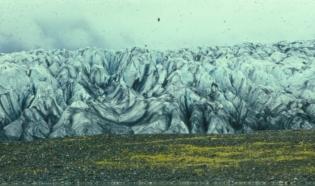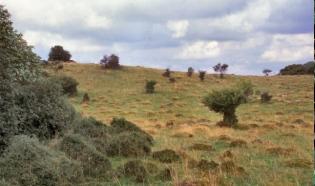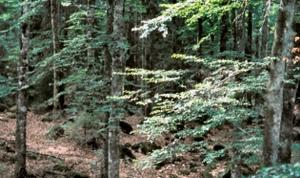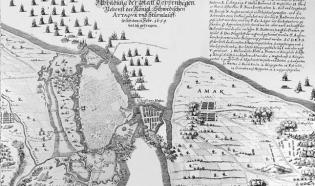Climate in history

Nature shows us how changes in climate have influenced the environment. Ice, meltwater and glaciers have formed in the landscape. Climate archives reveal information about temperatures, plants and animals. The Ice Age was a period of great change in the climate.

In the Neolithic period, the Bronze Age and the Iron Age the climate became colder and wetter. People began to cultivate the land and the agricultural landscape took shape. This created fields, but also common areas, where animals could graze.

In the Mesolithic period the climate became milder. Various species of animals and trees became established Denmark. After the tall forest trees of lime, oak, elm, ash and alder had taken up their preferred locations around 7000 BC, the primeval forest became tightly packed and dark.

“The Little Ice Age”, which lasted from the start of the 1300s until the 1850s, was cold and wet. The period was characterised by extremely cold winters, frozen regions and short, rainy summers with poor harvests.
